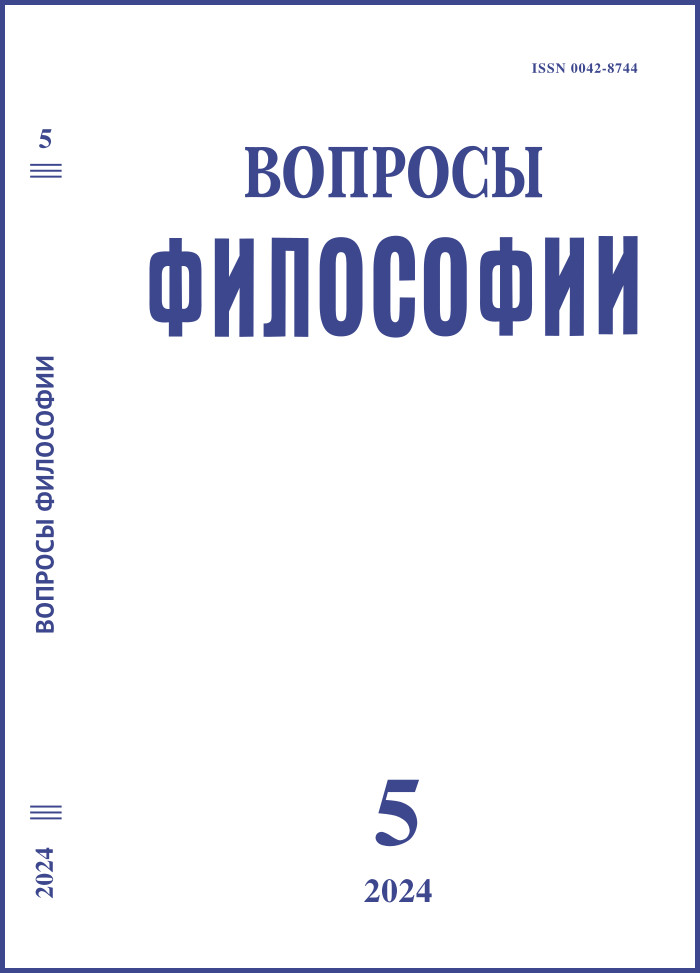Mystery of Khakassian Burial Mounds in Biosemiotic Lens
DOI:
https://doi.org/10.21146/0042-8744-2024-5-122-127Keywords:
biosemiotics, sign, links, spatial and temporal worlds, burial mound, environment, concept, memory.Abstract
Biosemiotics as a science that studies the pre-linguistic signs helps us to see and comprehend signs that living organisms create in repeated contact with the environment. The article proposes to look at cultural human heritage in the optics of biosemiotics. Using some aspects of this approach, the author considers the ancient mounds located on the territory of the Republic of Khakassia and the inhabitants of Khakassia as two separate temporary worlds, entangled in present. These two worlds design their own unique environment, which itself recurcively changes the living things around and is influenced by them. The modern societies master the area around, including the remnants of the cultural heritage of the past. People create new meanings in attempts to interpret the signs left by bygone cultures and integrate them into its present. At the same time, new signs can be created with new meanings. The author emphasizes that mounds are concepts, i.e. they “speak” on behalf of their creators, who are now perceived as ancestors, although there is no genetic relationship with them.

